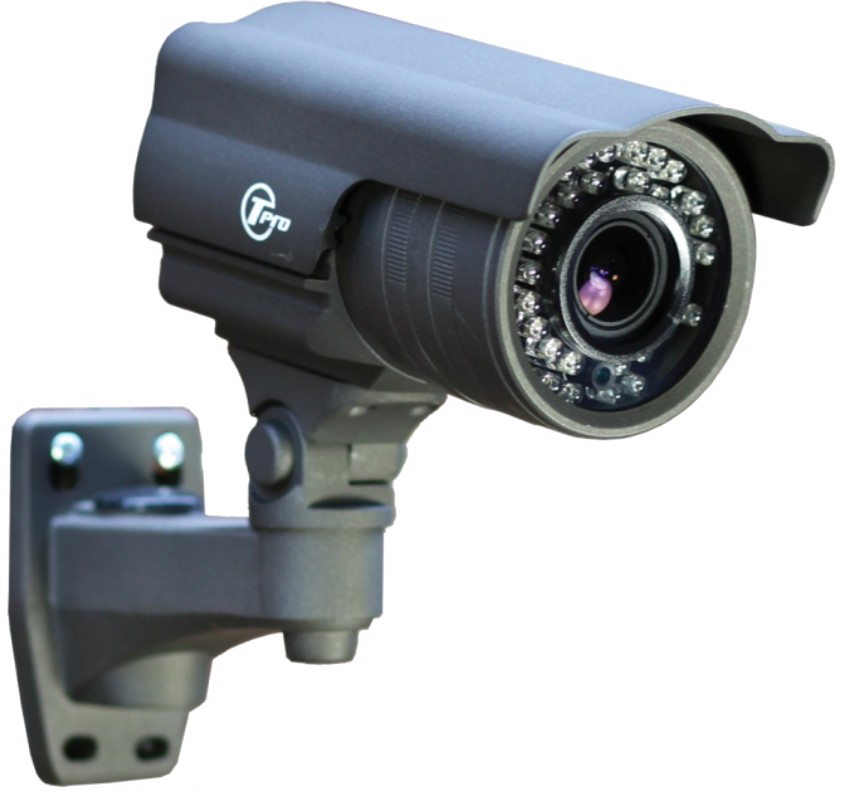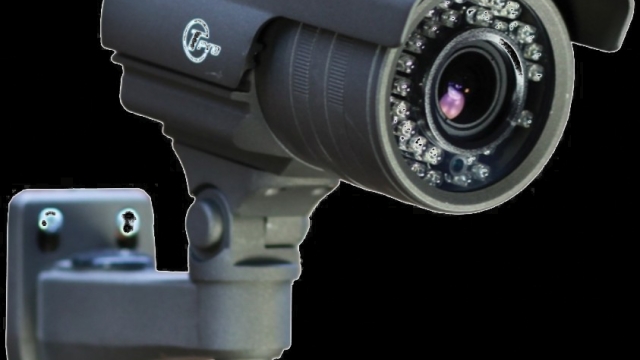
Security cameras have become an integral part of our modern lives, monitoring and safeguarding our surroundings with eyes that never tire. These silent watchers tirelessly document every moment, ensuring that nothing goes unnoticed. With their unblinking gaze, they offer a sense of reassurance, serving as a constant deterrent to potential threats. The secrets they hold are boundless, and their presence has undoubtedly shaped our perception of security in an increasingly interconnected world. In this article, we delve into the world of security cameras, uncovering their hidden depths and shedding light on their importance in our lives.
How Security Cameras Work
Security cameras have become an indispensable part of modern surveillance systems, providing crucial oversight in various environments. By using advanced technology, security cameras enable us to monitor and record activities in both public and private spaces. In this section, we will explore the inner workings of security cameras to understand how they operate and contribute to maintaining safety.
Security Camera Installation
The first aspect to consider is the camera lens, which plays a vital role in capturing clear and detailed images. Security cameras are equipped with high-quality lenses that focus light onto a photosensitive image sensor, much like the human eye. These sensors, often either charge-coupled devices (CCDs) or complementary metal-oxide-semiconductor (CMOS) sensors, convert light into electrical signals, forming the basis of the captured video footage.
Next, the electrical signals generated by the image sensor are processed by the camera’s video processor. This processor enhances and optimizes the raw data received from the sensor, applying various algorithms to improve image quality. Some security cameras also utilize specialized features like image stabilization or wide dynamic range (WDR) to handle challenging lighting conditions and ensure clarity in the captured footage.
Once the video processor completes its task, the resulting video data is transmitted to a recording or monitoring device. This is often done through wired connections, such as Ethernet cables, which provide a stable and secure connection. However, wireless security cameras have gained popularity in recent years, utilizing technologies like Wi-Fi to transmit video data without the need for physical cables.
In conclusion, security cameras work by utilizing advanced lenses to capture images, image sensors to convert light into electrical signals, and video processors to enhance video quality. These cameras play a pivotal role in maintaining security by providing a constant watchful eye over various environments. Understanding how security cameras function allows us to appreciate their significance in safeguarding our surroundings.
Benefits of Security Cameras
Security cameras offer numerous advantages that make them indispensable in today’s modern world. Whether they are installed in residential areas, commercial spaces, or public places, their presence helps create a safer environment for everyone. Here are three key benefits of security cameras:
Deterrence: One of the major benefits of security cameras is their deterrent effect on potential criminals. The mere visibility of cameras acts as a powerful deterrent, discouraging individuals from engaging in unlawful activities. Knowing that they are being watched and recorded significantly reduces the likelihood of crimes occurring in the surveilled area.
Surveillance and Monitoring: Security cameras provide the ability to monitor and surveil an area with ease. This allows for a proactive approach to security by enabling real-time observation of activities and identifying any suspicious incidents promptly. Surveillance footage can also serve as valuable evidence in investigations and legal proceedings, assisting in the identification and prosecution of perpetrators.
Enhanced Safety: By installing security cameras, people can significantly enhance the safety of their premises. Whether it is monitoring potential hazards in a workplace, ensuring the security of public spaces, or providing peace of mind for homeowners, security cameras play a crucial role in maintaining a safe environment. They enable the timely detection of threats, such as intrusions or fire emergencies, allowing for swift action to minimize risks and protect people and property.
In conclusion, security cameras have become an indispensable tool in ensuring safety and security. Their deterrent effect, surveillance capabilities, and contribution to enhanced safety make them an invaluable asset in various settings. By investing in reliable and well-placed security cameras, individuals and organizations can effectively prevent crimes, monitor activities, and maintain a secure environment.
Considerations for Choosing Security Cameras
Resolution: When selecting security cameras, one crucial factor to consider is the resolution. A higher resolution camera will provide clearer and more detailed images, allowing for better identification of individuals or objects. Keep in mind that the resolution requirement may vary depending on the location and purpose of the camera.
Visibility: The visibility of security cameras can greatly impact their effectiveness as a deterrent. Visible cameras can act as a deterrent on their own, discouraging potential wrongdoers from engaging in illegal activities. On the other hand, if discreet surveillance is necessary, consider opting for smaller or hidden cameras.
Weather Resistance: Weather conditions can have a significant impact on the durability and performance of security cameras. If the cameras will be installed outdoors, ensure they are weather resistant and capable of handling extreme temperatures, humidity, and other environmental factors. This will help prolong the lifespan of the cameras and ensure their reliability in all conditions.
Remember, selecting the right security cameras involves considering factors such as resolution, visibility, and weather resistance. By carefully evaluating these considerations, you can make informed decisions that meet your specific surveillance needs.


